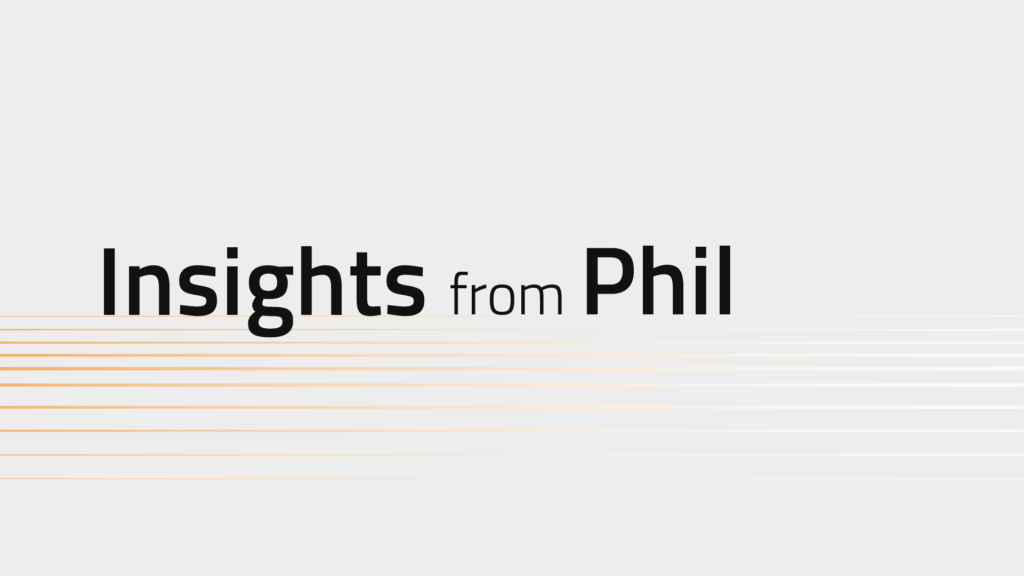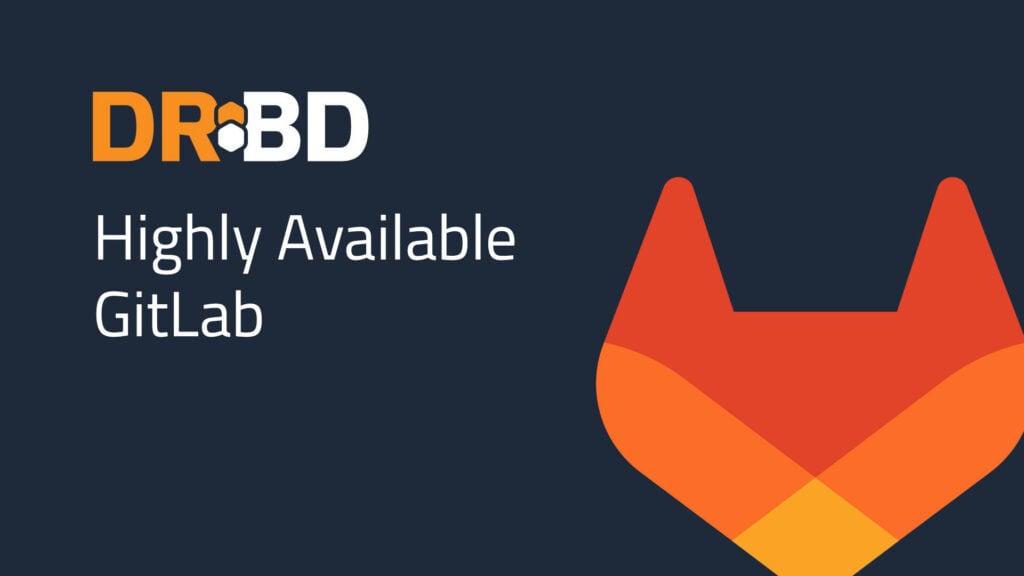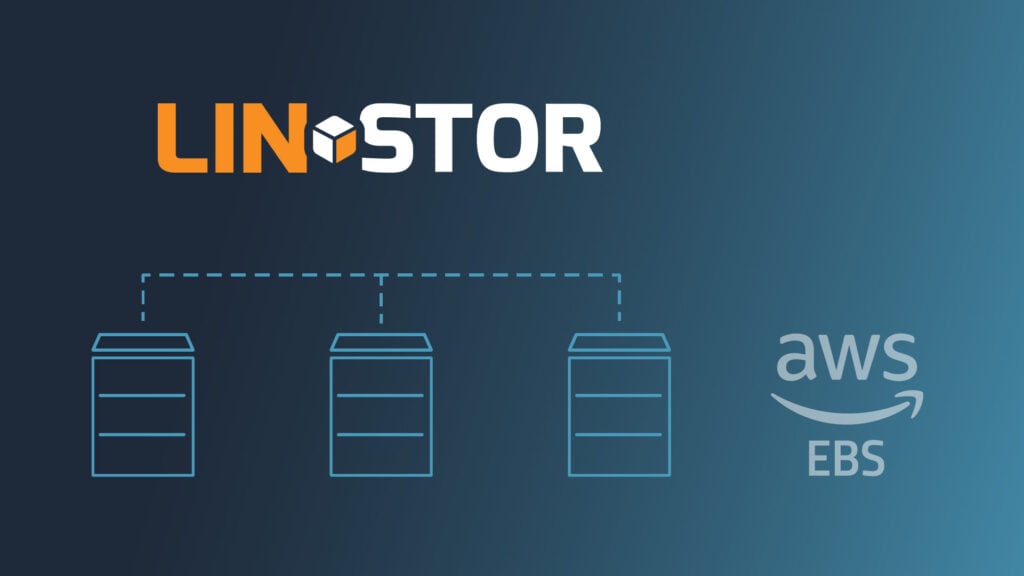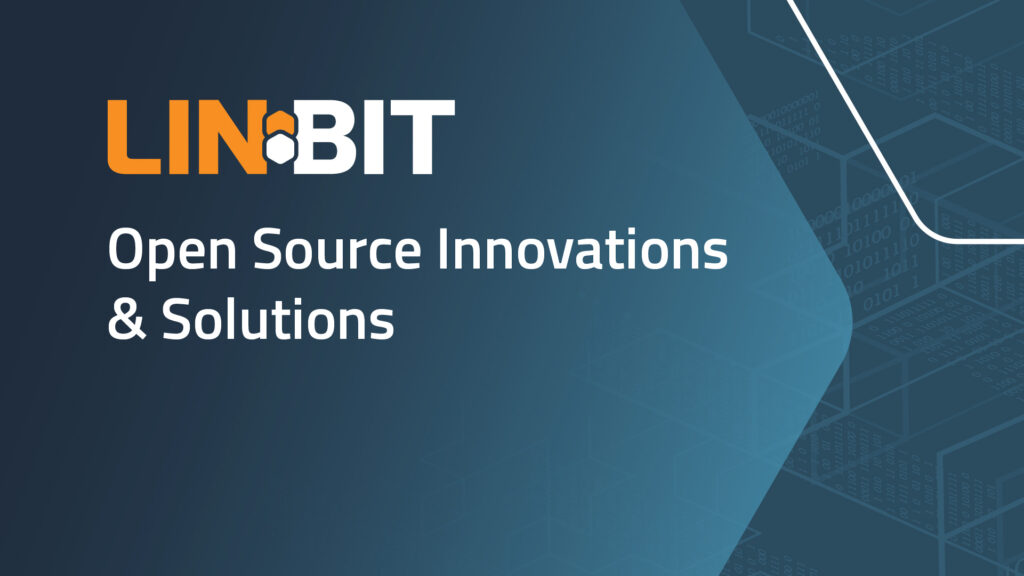LINSTOR GUI Improvements

As we lay out our plans for work on the new features on the DRBD and LINSTOR sides, there are some interesting improvements to share from LINSTOR GUI. First, the views on resource definitions, resources, and volumes were modeled along the data structures, which was not ideal. Now, it has a condensed view that combines […]
Abstracting Block Storage For Hybrid Clouds & Disaster Recovery Planning Using LINSTOR in AWS

Hybrid cloud strategies are critical for businesses seeking flexibility, cost efficiency, and robust disaster recovery (DR) solutions. By leveraging both on-premise data centers and cloud platforms such as AWS, organizations can design systems to meet specific workload demands, while remaining nimble should demand, or disaster, require a change of action. This article will discuss some […]
Load Balanced Replication with DRBD

Along with the ability to encrypt replication traffic, DRBD® version 9.2.6 gives you the ability to load balance replication traffic across multiple TCP sockets1. You can see a demo of the load balancing feature from LINBIT® founder and CEO Philipp Reisner during one of our community meetings. DRBD version 9 has supported replicating data over multiple paths in […]
2024 Reflections

As this is the final newsletter of 2024, I took the opportunity to review all the announcements we made this year. On the DRBD side, we fixed increasingly exotic bugs. That aligns with the observation that customers use it in larger installations and fleet sizes. The biggest we know of has about 8PB storage under […]
Building the Community at LINBIT

I’m going to share a bit about selecting a community communications platform, our updated company core values, and how goals have evolved over the years at LINBIT. Freenode → Slack → Discourse Forum It was mid May 2021 and the news that Freenode was being taken over was popping up on all of the news […]
GitLab High Availability With DRBD & Pacemaker

Introduction GitLab is a robust DevOps platform used by many organizations and developers. You can easily install GitLab as a self-managed web application. This blog post will guide you through all of the required steps to install and configure a highly available GitLab environment with DRBD® and Pacemaker. Installation overview This blog post contains configuration […]
Managing AWS EBS Volumes Using LINSTOR

Cloud storage is a critical component of running persistent workloads in the cloud, especially in hybrid cloud environments. LINSTOR®, the open source storage orchestration tool from LINBIT®, integrates seamlessly with Amazon Web Services (AWS) Elastic Block Store (EBS) to simplify the management of EBS volumes. LINSTOR also layers DRBD®, LINBIT’s block device replication driver, over EBS volumes […]
Open Source Innovations & Solutions at LINBIT

Perhaps there is a feeling that you might be making the world a better place by choosing to use open source software rather than other alternatives. Maybe this positive feeling spawns an action. If you get a benefit from using a particular open source project, sometimes you might support that project by making a donation […]
Comparing CloudStack, OpenNebula & OpenStack

This post is intended to help someone learn more about three of the most popular open source virtualization management platforms for large IaaS deployments (in alphabetical order): CloudStack, OpenNebula, and OpenStack. You are reading this article on the LINBIT® blog because LINBIT develops integrations for these platforms that you can use to provide software-defined storage […]
Controlling Data Replication with Snapshot Shipping Using LINSTOR

In distributed data storage environments, ensuring data consistency and availability across multiple nodes is crucial. LINSTOR®, the open source software-defined storage (SDS) software created by LINBIT®, is a robust tool for managing data replication and maintaining data integrity both locally for high availability (HA), and across distances for disaster recovery (DR), backup, and other reasons. […]